How to Take Stunning Self-Portraits at Home
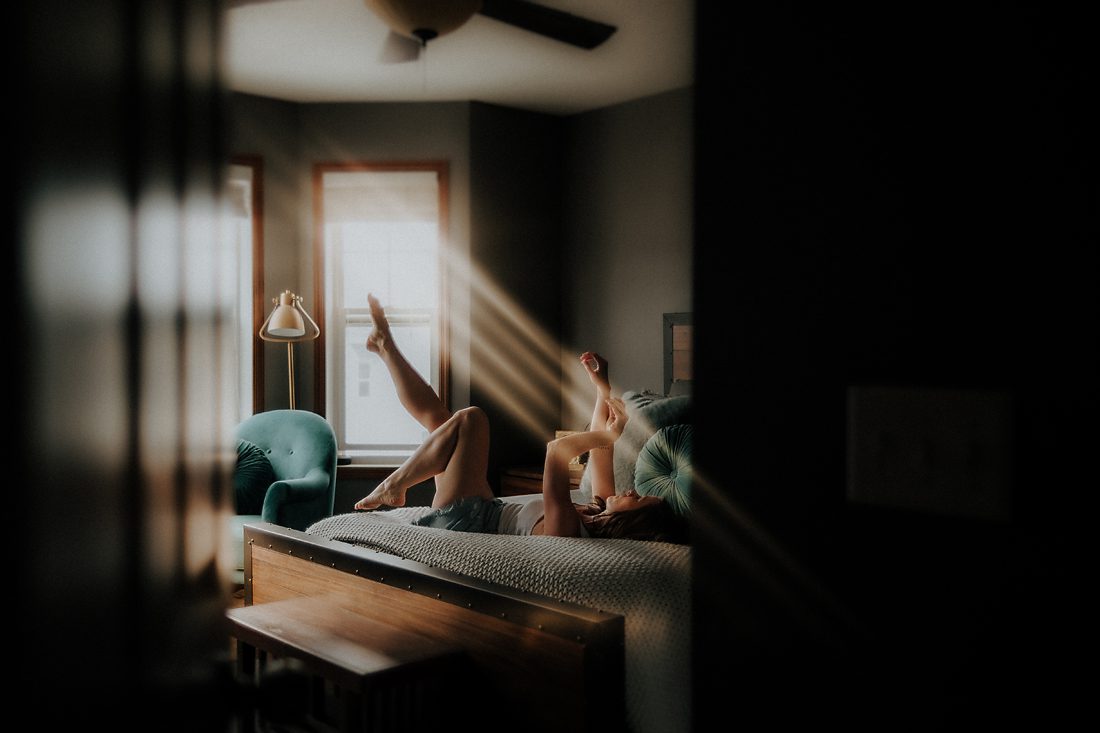
Self-portraits are more than just selfies; they are a profound medium for self-expression, storytelling, and artistic exploration. Whether you’re a seasoned photographer or just starting, mastering how to take stunning self-portraits at home can significantly enhance your photography skills and deepen your connection with your own narrative.
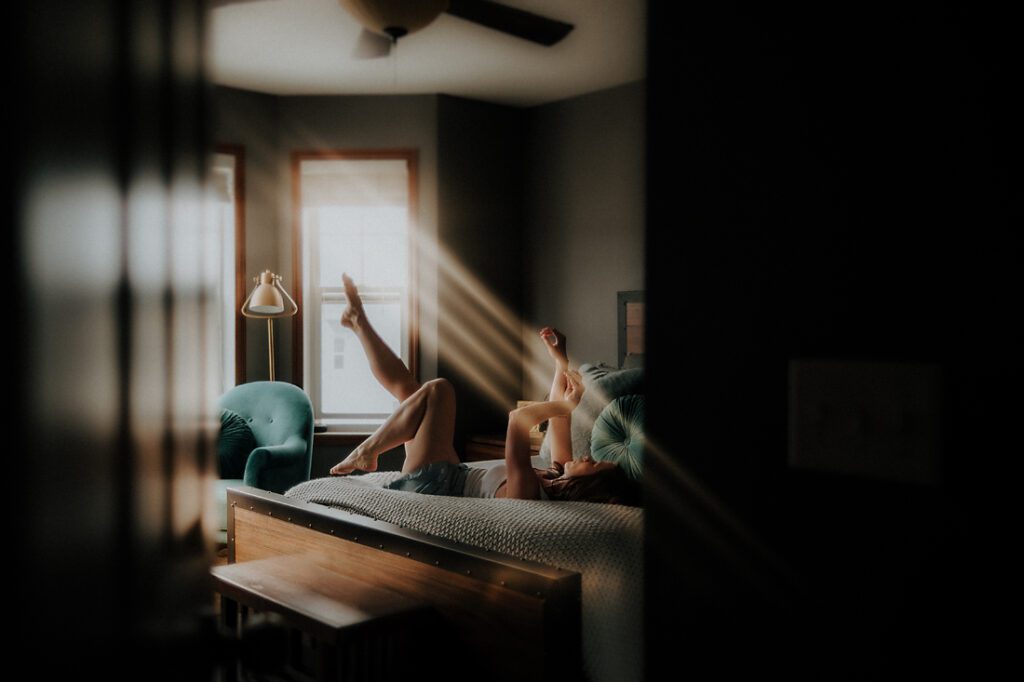
The Power of Self-Portraits
Self-portraiture allows you to capture and convey different facets of your personality, emotions, and experiences. It’s an art form that combines technical skills with a deep understanding of oneself. By creating self-portraits, you can explore themes of identity, vulnerability, and transformation.
Addressing Common Struggles When Taking Self-Portraits at Home
Many aspiring self-portrait photographers face challenges, such as feeling awkward in front of the camera or dealing with technical issues. These obstacles can hinder your self-expression and progress in photography. Common struggles include understanding the technical aspects of self-portraits, setting up the camera, triggering the shutter, and overcoming self-judgment. Structured guidance and practical solutions can help you navigate these challenges, ensuring you capture stunning and authentic self-portraits.
🎉 Final Sale Alert: Transform Your Self-Portrait Photography! 📸
Ready to elevate your self-portrait skills? Our Self-Portrait Master Course is available at a special price of only $47 until January 15, 2025. Don’t miss this opportunity to enhance your photography journey!
Learn More and Enroll NowTaking stunning self-portraits at home involves a blend of technical know-how and creative expression. Here are some tips and techniques to help you get started:
Lighting:
- Natural Light: Use windows and doors to your advantage. Morning or late afternoon light is soft and flattering.
- Artificial Light: Invest in a ring light or softbox for consistent indoor lighting.
- Mixed Lighting: Experiment with combining natural and artificial light for unique effects.
Posing:
- Experiment with Angles: Find your best angles by trying different poses. A slight tilt of the head or change in body posture can make a big difference.
- Use Props: Incorporate items that are meaningful to you, like a favorite book or an interesting hat, to add depth to your portraits.
- Facial Expressions: Practice various expressions in front of a mirror to see what feels natural and conveys the emotion you want.
Camera Settings:
- Aperture: Use a wide aperture (low f-stop) to create a shallow depth of field and make yourself stand out from the background.
- Shutter Speed: Ensure your shutter speed is fast enough to avoid blur, especially if you’re using a timer or remote.
- ISO: Keep your ISO as low as possible to reduce noise, increasing it only if necessary for proper exposure.
When I first started taking self-portraits, I felt awkward and unsure of myself. Over time, by experimenting with different lighting, poses, and camera settings, I began to find my style and confidence. One memorable self-portrait involved using my Lensbaby Velvet 56 and natural light, which created a dreamy and ethereal effect. This photo not only boosted my confidence but also became a favorite among my portfolio.
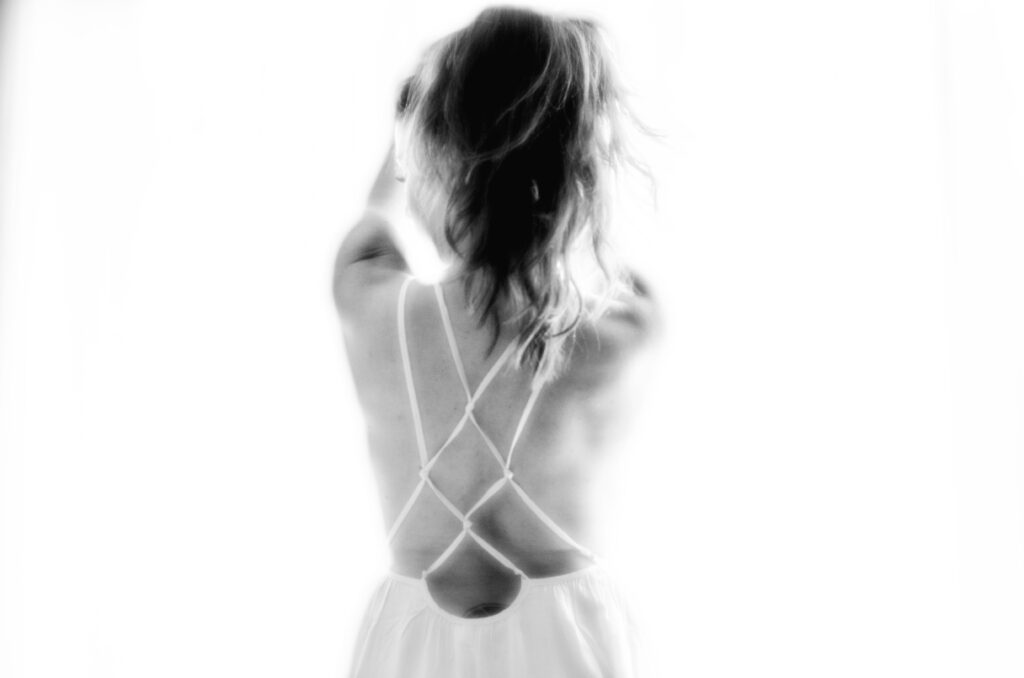
By following these tips and techniques, you can overcome the initial challenges and create stunning self-portraits that reflect your personality and creativity. For more detailed guidance and support, join my Self-Portrait Masterclass and start your journey to mastering self-portraiture.
🎉 Final Sale Alert: Transform Your Self-Portrait Photography! 📸
Ready to elevate your self-portrait skills? Our Self-Portrait Master Course is available at a special price of only $47 until January 15, 2025. Don’t miss this opportunity to enhance your photography journey!
Learn More and Enroll NowChecklist for Setting Up a Self-Portrait Session:
- Location Selection:
- Choose a space with good lighting (natural or artificial).
- Ensure the background is uncluttered and suits your desired mood.
- Equipment Preparation:
- Camera or smartphone with a good quality camera.
- Tripod or stable surface to set up your camera.
- Remote trigger or self-timer for hands-free shooting.
- Reflectors or diffusers to control lighting – cheap white foam core boards work perfectly!
- Mood and Theme Planning:
- Decide on the mood you want to capture (happy, contemplative, dramatic).
- Select props or personal symbols that enhance your story.
- Technical Settings:
- Set your camera to the appropriate aperture, shutter speed, and ISO.
- Use manual focus or autofocus as needed.
- Shooting Tips:
- Experiment with different angles and perspectives.
- Use body language and facial expressions to convey emotions.
- Take multiple shots to increase your chances of capturing the perfect image.
🎉 Final Sale Alert: Transform Your Self-Portrait Photography! 📸
Ready to elevate your self-portrait skills? Our Self-Portrait Master Course is available at a special price of only $47 until January 15, 2025. Don’t miss this opportunity to enhance your photography journey!
Learn More and Enroll Now- Building Confidence: Learn techniques to feel comfortable and confident in front of the camera, enabling you to capture genuine, expressive images.
- Mastering Technical Skills: Get to grips with your camera settings, equipment, how to set everything up, and lighting to achieve professional-quality self-portraits.
- Emotional Expression: Discover how to convey a wide range of emotions through your portraits, using body language, facial expressions, and creative compositions.
- Storytelling: Learn how to tell compelling stories through your self-portraits, incorporating personal symbols and narratives to add depth to your images.
- Practical Guidance: Benefit from step-by-step instructions, demonstration videos, and live Q&A sessions to support your learning journey.

For more information visit Shannon Kathleen Photography Courses.
Self-portraiture is a rewarding and powerful form of artistic expression. By investing time and effort into learning this craft, you can create meaningful, impactful images that resonate with both yourself and your audience. Join me in the Self-Portrait Masterclass and let’s embark on this creative journey together.
🚨 The Final Frame Sale Is Here! 🚨
After years of helping creatives transform their self-expression, my Self-Portrait Master Course is being discontinued on January 15, 2025. As part of this farewell, the course is available for just $47 (originally $297)—a massive 85% discount!
This is your last chance to unlock the secrets of self-portraiture to:
✨ Release emotions and heal through photography.
✨ Reignite your creativity during slower seasons.
✨ Explore self-expression in deeply fulfilling ways.
⏳ Important: After January 15th, 2025, the course will no longer be accessible. Be sure to download all materials before this date to keep them for life and revisit at your own pace.
Ready to create your most transformative portraits yet?
👉 Enroll Here Before It’s Gone Forever
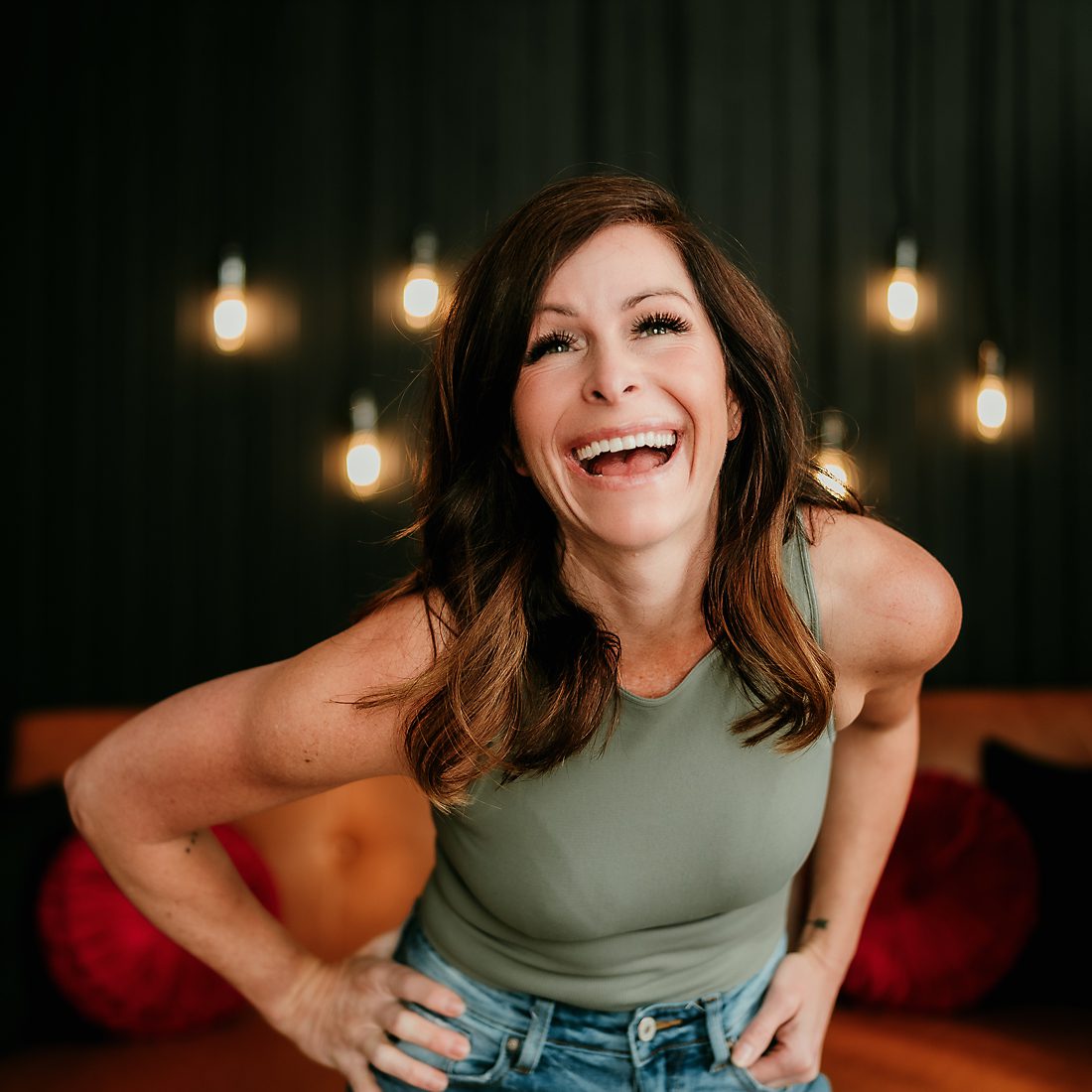
Oh hey there, nice to meet you!
I’m Shannon, a Twin Cities-based photographer specializing in online dating portraits, personal branding, business headshots, and senior portraits. Whether you’re looking to elevate your dating profile, refresh your LinkedIn headshot, capture your personality for graduation, or build a standout personal brand, I’m here to create natural, confidence-boosting images that make an impact.
With 15 years of experience—and a personal journey as a single mom turned entrepreneur—I know the power of an image in telling your story. I create authentic, relaxed portraits that help you connect with the right people, whether in love, business, or celebrating a milestone.
Beyond photography, I’m passionate about mentoring fellow photographers through my Empowered Evolution Mentorship Program. From mastering SEO to building a profitable business, I help creatives turn their passion into success.
When I’m not behind the camera, you’ll find me soaking up moments with my son and husband, embracing the chaos of our beautifully blended family.
📸 Let’s create photos you’ll love! Whether it’s for dating, your career, or a milestone moment, I’ll guide you every step of the way to make sure you feel confident and relaxed. Spots fill fast—let’s book your session today!
as seen in
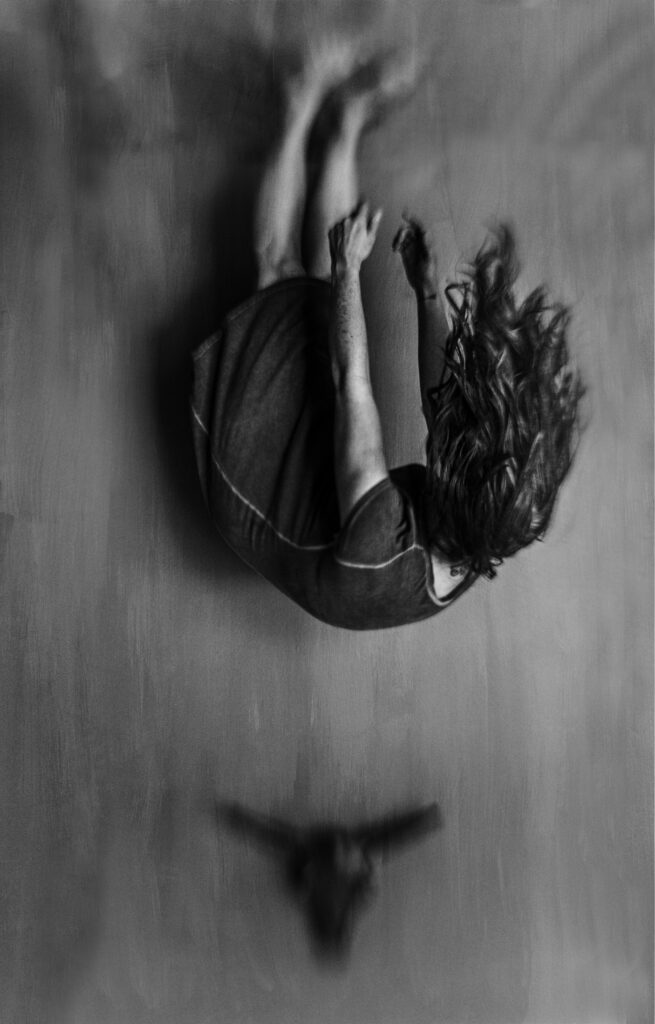
Comments will load here
Be the first to comment